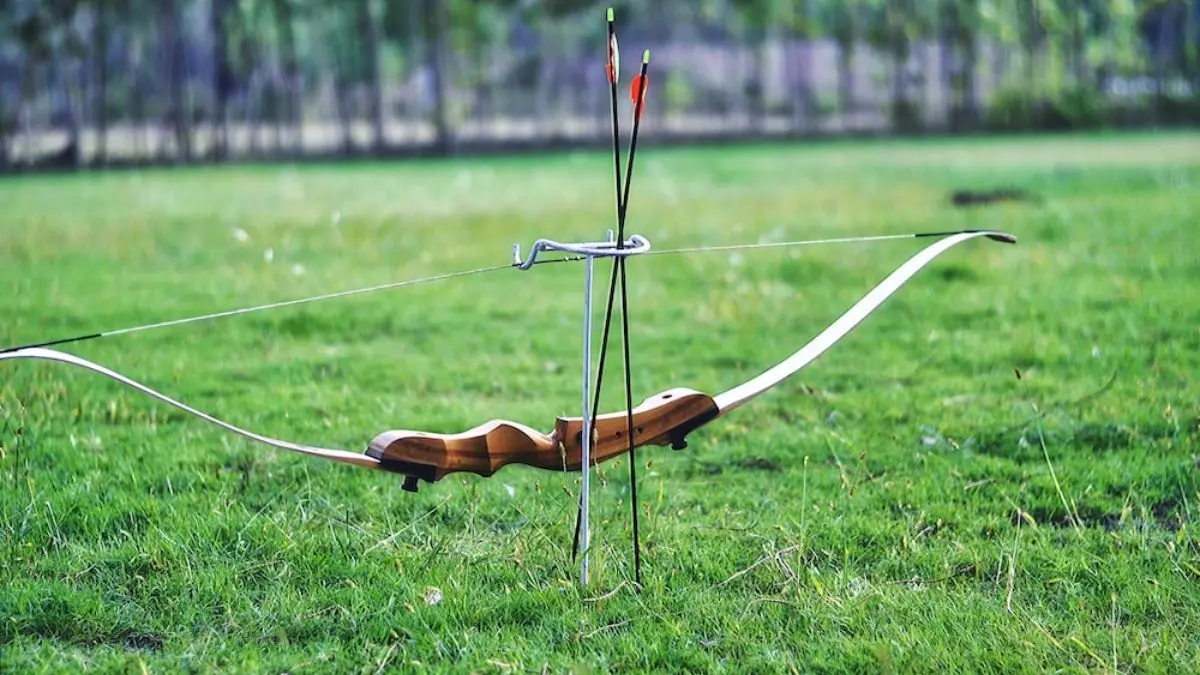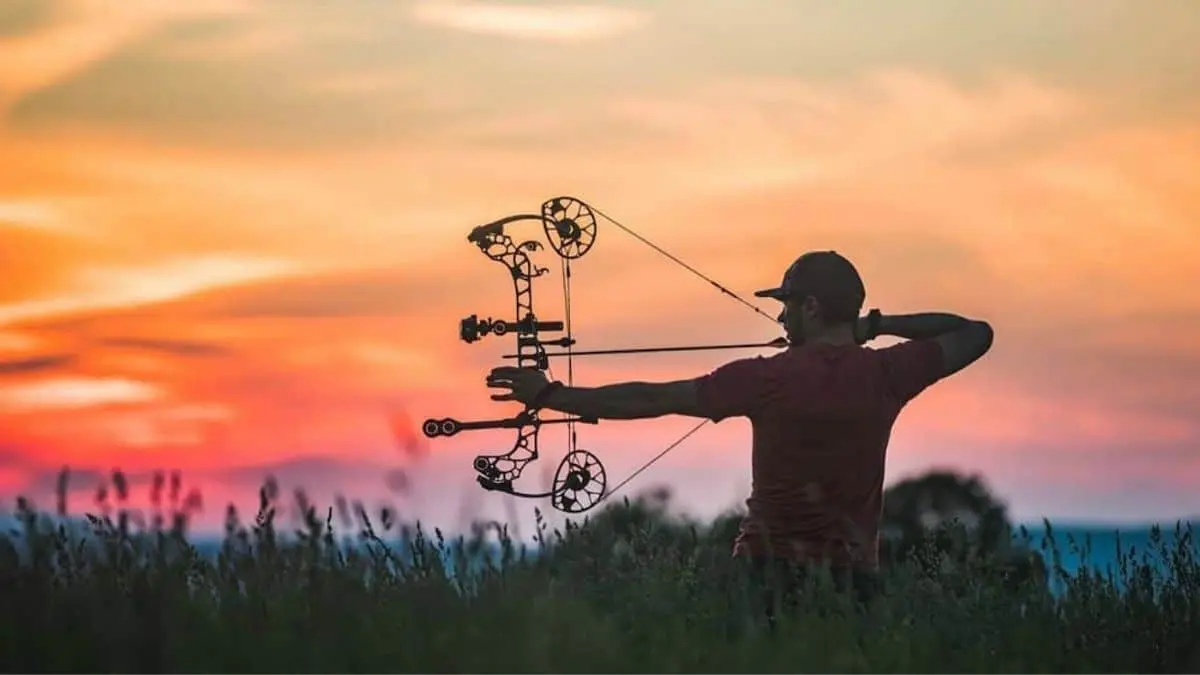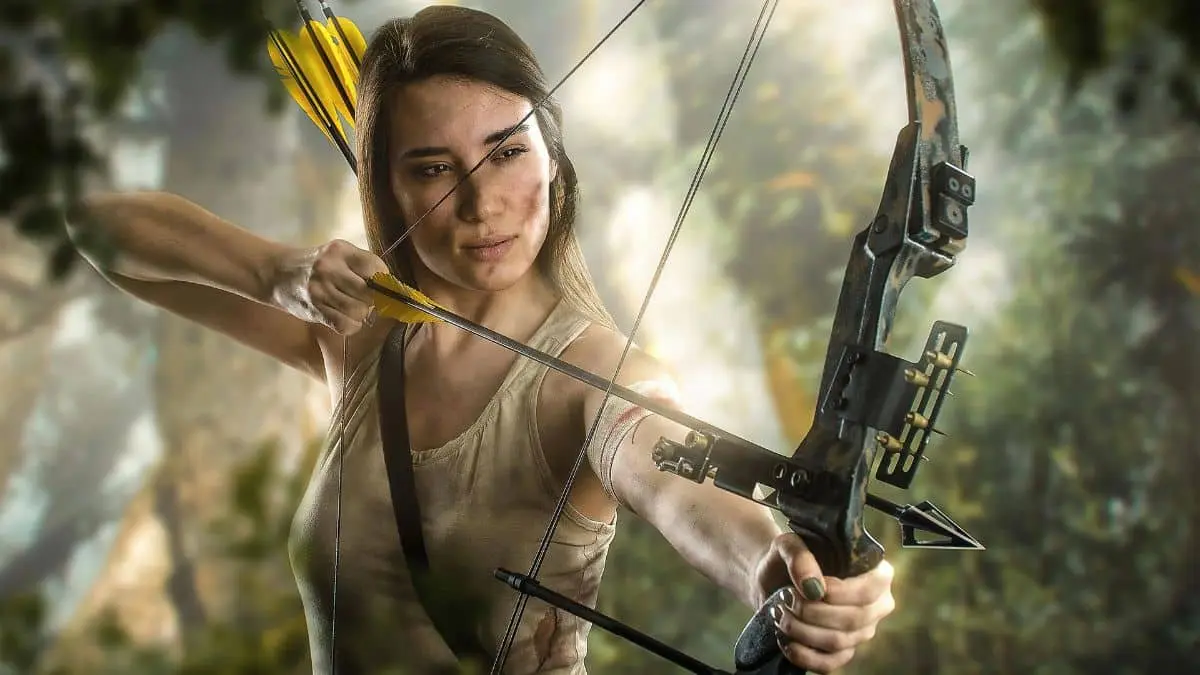The bow and arrow, one of humanity’s most iconic and enduring innovations, have been used for thousands of years for hunting, warfare, and sport. From its humble beginnings as a simple tool crafted from wood, bone, and stone, the bow and arrow have evolved over millennia, traversing a fascinating journey that tells a larger story of human ingenuity, survival, and culture. This simple yet effective weapon has been a staple of civilizations across the world, evolving in form and function to adapt to the needs and challenges of the times. Today, archery stands not just as a reminder of our past, but as a sport, a skill, and even an art form that continues to captivate the modern imagination.
In this blog, we will delve deep into the rich history and varied origins of the bow and arrow. We will explore its prehistoric beginnings, the materials used in its construction, its role in different civilizations, and how it has evolved with advancements in technology. We will also look at its cultural significance, from being a symbol of prowess and skill to its depiction in mythology and religion.
Bow and Arrow: History and Origin of Bow and Arrow
The Dawn of Archery
Prehistoric Beginnings
The history of the bow and arrow stretches back into the mists of prehistory, making it one of the oldest tools known to human beings. The earliest evidence suggests that bows and arrows were being used at least 64,000 years ago, with discoveries in South Africa pointing to the use of stone-tipped arrows. These early implements were far more than mere sticks and strings; they were carefully crafted tools that required a deep understanding of materials and physics. The primary uses for these early bows were hunting and, as societies began to form and conflict arose, warfare.
Materials and Early Designs
The first bows were likely made from flexible yet sturdy materials readily available in nature, like wood, bamboo, or animal horn. The string could be made from animal sinew, plant fibers, or later on, from twisted silk or other materials. Arrows were generally crafted from wood, fletched with feathers, and tipped with either sharpened wood or stone arrowheads.
Different types of bows emerged based on regional needs and available materials. For example, the longbow, made from a single, unbroken piece of wood, was known for its power and was highly effective over long distances. On the other hand, flatbows were wide and almost rectangular in shape, offering more surface area for drawing the string. There were also composite bows, often made from horn, wood, and sinew, designed for greater flexibility and power. These were especially popular in places like Mongolia and Persia, where they were used for horseback archery.
Geographic Spread
The bow and arrow weren’t confined to any one place or civilization. From the jungles of South America to the arid landscapes of Africa and the frozen tundras of the Arctic, this instrument proved its versatility by being universally adopted. Each region added its own innovations and refinements to bow design and arrow construction, yet the core concept remained unchanged.
Cultural Significance
The bow and arrow are not just tools for hunting or instruments of warfare; they are also richly symbolic objects imbued with cultural, spiritual, and social meaning across a variety of civilizations. Here we’ll explore some of these facets.

Spiritual and Mythological Importance
In many cultures, the bow and arrow hold a prominent place in religious practices and mythologies. For instance, in Greek mythology, Apollo, the god of archery, used a golden bow to send forth his divine arrows. In Hinduism, Lord Rama, an avatar of Vishnu, is often depicted with his bow, which he used to vanquish evil. Among Native American tribes, the bow and arrow could also be seen as a spiritual tool, used in rituals and ceremonies to honor ancestors or seek spiritual guidance.
Moreover, the bow and arrow often symbolize attributes like precision, focus, and the overcoming of obstacles. They’re not merely weapons but symbols of a deeper struggle against the challenges life throws our way.
Social Roles and Hierarchy
The skill of archery often had implications for social standing and could even determine roles within a community. In medieval European societies, for example, the longbow was instrumental in battles and wars, and skilled archers were highly valued. Similarly, in Japanese culture, the art of Kyūdō—literally ‘the way of the bow’—is a disciplined and philosophical form of archery, deeply connected to Zen Buddhism and Samurai ethics.
In many indigenous cultures, mastering the bow and arrow was a rite of passage for young men, teaching them the skills needed for hunting and defense, thereby earning them a place as adults in their communities. In these contexts, archery skills were not just practical necessities but markers of maturity and responsibility.
Symbols in Popular Culture
Even today, the bow and arrow maintain their allure, making frequent appearances in literature, movies, and even video games. Characters like Robin Hood, Katniss Everdeen from “The Hunger Games,” and Marvel’s Hawkeye elevate the bow and arrow as tools for justice, resistance, or superheroic feats, again reinforcing their symbolic weight.
In this age of firearms and advanced weaponry, the continued fascination with this ancient technology speaks volumes about its lasting significance. Far from being relics of a bygone era, bows and arrows are living symbols—of culture, of struggle, and of the enduring human spirit.
Technological Advancements
While the basic mechanics of the bow and arrow have remained surprisingly consistent over thousands of years, advancements in materials and engineering have continued to refine and enhance these age-old tools.
Recurve Bows and Crossbows
The recurve bow, which curves away from the archer when unstrung, was a significant improvement over the simple longbow. It provided more power and better accuracy, making it especially effective in short-range combat scenarios. Originating from cultures in Asia and the Middle East, recurve bows became highly popular in horseback archery due to their compact size and deadly efficiency.
The crossbow is another innovation that transformed archery. With its horizontal bow mounted on a stock, the crossbow allows for mechanical loading and releasing of arrows, making it easier to use and more accurate than traditional bows. Its invention changed the dynamics of medieval warfare by enabling even untrained soldiers to use powerful ranged weapons effectively.
Metal Alloys and Modern Materials
Traditional bows were primarily made of wood, bone, or horn. However, as metallurgy advanced, metal components began to be incorporated into bow and arrow designs. For example, steel-tipped arrows offered better penetration than their stone or bone counterparts.
In recent times, the advent of modern materials like fiberglass, carbon fiber, and high-strength aluminum alloys has revolutionized bow construction. These materials offer high tensile strength, flexibility, and durability, making today’s bows more efficient and user-friendly. Carbon fiber arrows are lighter and more aerodynamic than ever, providing unparalleled speed and accuracy.
Enhanced Accessories
Modern archery also benefits from various accessories designed to improve performance. Stabilizers, sights, and mechanical arrow rests are some of the additions that help archers achieve greater precision. Compound bows, which use a system of pulleys or cams to assist the archer, further exemplify the technological ingenuity applied to this ancient tool, making it easier to hold the bow at full draw and aim more accurately.
Computer Simulation and Training
With the rise of computer technology, archers now have access to simulation software that can analyze shooting techniques down to minute details. This aids in understanding the physics involved in archery and helps in refining skills without even needing to physically shoot an arrow.
Bow and Arrow Across Civilizations
The bow and arrow have been integral to human societies around the globe. Each civilization has had its unique take on archery, influenced by geographical constraints, available materials, and cultural beliefs.

Middle Eastern Contributions
In ancient Mesopotamia, archers were esteemed members of society and were even depicted in art and literature. They used composite bows crafted from horn, wood, and sinew, which provided a combination of power and flexibility. Archery was not only a military skill but also an elite sport enjoyed by royalty. Similarly, Persian archers were highly regarded for their skill and accuracy, often being the decisive factor in battles against more numerically superior forces.
Asian Archery
Asia has a rich tradition of archery, with countries like China, Mongolia, and Japan each developing distinct styles and techniques. The Mongols, known for their horseback archery, were feared conquerors who made significant contributions to bow technology. In China, crossbows were developed as far back as the 5th century BCE, revolutionizing warfare. Japan’s Kyūdō is more than just a form of archery; it’s considered a form of moral and spiritual development.
European Developments
In Europe, the longbow became a symbol of military prowess, particularly for the English, who used it to great effect in battles such as Agincourt during the Hundred Years’ War. The longbow was effective at long ranges and could penetrate armor, making it a formidable weapon on the medieval battlefield. Archery in Europe was not just for war; it was a highly popular sport among the nobility and commoners alike.
Indigenous Peoples and Archery
Native American tribes across North America had their unique styles of bows and arrows, tailored to their specific needs for hunting and warfare. In Africa, the San people used small but effective bows for hunting, often using poison-tipped arrows to bring down larger game. In the islands of the Pacific, archery played various roles from hunting to ceremonial practices.
Current Uses and Popularity
Archery as a Sport
Archery has evolved into a popular sport enjoyed by millions worldwide. With various disciplines like target archery, field archery, and 3D archery, the sport offers something for everyone, regardless of age or skill level. Archery competitions occur globally, with prestigious events like the Olympics and the Archery World Cup attracting top talent.
Traditional and Recreational Use
Even as modern hunting employs more advanced technologies, the bow and arrow continue to be a preferred choice for many who seek a more traditional hunting experience. Bowhunting seasons are now standard in many places, giving hunters the opportunity to engage in this ancient practice.
Pop Culture and Media
The bow and arrow have also experienced a resurgence in popularity thanks to their portrayal in movies, TV shows, and literature. Characters like Katniss Everdeen from “The Hunger Games” and Marvel’s Hawkeye have made archery appealing to younger generations. The skill, artistry, and athleticism involved in archery have captured public imagination, turning it into something of a cultural phenomenon.
Also Read: Difference Between Blog and Vlog




